Embracing Green Building in Antigua and Barbuda
Green building is a concept that is gaining momentum worldwide, and Antigua and Barbuda are no exception. Sustainable architecture, eco-friendly construction, and the use of renewable energy are integral to creating energy-efficient buildings in the country. By embracing green building practices, we can promote a healthier living environment and reduce our carbon footprint. This article examines Green Building in Antigua and Barbuda.
The construction industry is known for its significant environmental impact in terms of energy consumption, greenhouse gas emissions, and waste generation. However, by adopting green building practices, we can reduce this impact and create buildings that are environmentally friendly, socially responsible, and economically viable.
Since 1995, Antigua and Barbuda have experienced 15 hurricanes and 14 tropical storms. Set to be exacerbated by climate change, such events can lead to significant disruption of the country’s power and water supplies, as well as damaging communication and transport infrastructure. The Green Climate Fund approved a project in 2020 to address these issues through its buildings. The budget is just over $46 million and it is scheduled to end in July 2027.
Renewable energy sources such as solar and wind power are essential components of green building practices in Antigua and Barbuda. By integrating these sources into our buildings, we can reduce our dependence on fossil fuels and promote a sustainable energy future.
Moreover, the use of green construction materials, such as recycled and locally sourced materials, can significantly reduce the environmental impact of construction. By choosing eco-friendly materials, we can create energy-efficient and environmentally friendly buildings that contribute to sustainable development in Antigua and Barbuda.
Green Building in Antigua and Barbuda Key Takeaways
- Green building practices in Antigua and Barbuda focus on sustainable architecture, eco-friendly construction, and the use of renewable energy.
- By adopting green building practices, we can create buildings that are environmentally friendly, socially responsible, and economically viable.
- Renewable energy sources such as solar and wind power are integral to green building practices in Antigua and Barbuda, promoting a sustainable energy future.
- The use of green construction materials, such as recycled and locally sourced materials, can significantly reduce the environmental impact of construction, contributing to sustainable development.
The Benefits of Green Building in Antigua and Barbuda
Embracing environmentally friendly building techniques in Antigua and Barbuda is essential for sustainable development and carbon footprint reduction. Green building practices have numerous benefits for both the community and the environment.
One significant advantage of green building is the creation of energy-efficient buildings. By using eco-friendly materials and implementing renewable energy sources, buildings can reduce their energy consumption and lower their carbon footprint. This, in turn, can lead to cost savings on utility bills for building owners and occupants.
Another benefit of green building practices is the improvement of indoor air quality. Using non-toxic building materials and proper ventilation systems can enhance the health and well-being of building occupants. This is particularly important in a climate where air conditioning is commonly used.
Green building also promotes sustainable development by reducing reliance on non-renewable resources. By using locally sourced and recycled materials, buildings can reduce their environmental impact and promote the local economy. This not only benefits the immediate community but also contributes to a sustainable future for Antigua and Barbuda.

In conclusion, embracing green building practices in Antigua and Barbuda has numerous benefits for the community and the environment. By promoting sustainable development, reducing carbon footprints, and improving indoor air quality, green building is an essential part of creating a greener and more sustainable future for Antigua and Barbuda.
The Role of Renewable Energy in Green Building
In Antigua and Barbuda, renewable energy plays a vital role in promoting green building practices and creating energy-efficient buildings. Integrating renewable energy sources, such as solar and wind power, can significantly reduce reliance on fossil fuels and contribute to a sustainable energy future.
Renewable energy can power various functions within a building, including lighting, heating, and cooling systems. With the use of solar panels, for example, buildings can generate their electricity, reducing the need for traditional energy sources. This reduces the carbon footprint of buildings, making them more environmentally friendly and promoting sustainable development.

Solar water heaters are also an excellent example of renewable energy integration in green buildings. They use energy from the sun to heat water, reducing the need for electricity or gas. This energy-efficient alternative not only saves energy but also reduces the environmental impact of conventional water heaters.
Moreover, the Antigua Public Utilities Authority (APUA) provides incentives to encourage the use of renewable energy in the construction of buildings. These incentives include providing rebates for the installation of renewable energy systems, such as solar panels, to support the transition to sustainable energy use.
Overall, the integration of renewable energy in green building practices can help reduce the carbon footprint of buildings in Antigua and Barbuda. This contributes to a more sustainable energy future and promotes environmentally friendly construction practices.
Green Construction Materials for Sustainable Buildings
In Antigua and Barbuda, the use of green construction materials is vital to promote sustainable building practices and create energy-efficient buildings. As the construction industry is one of the largest contributors to carbon emissions globally, incorporating eco-friendly materials in the building process is essential.
Eco-friendly construction materials such as bamboo, straw bale, and recycled materials are readily available in Antigua and Barbuda. Bamboo is a sustainable and lightweight material that has a high strength-to-weight ratio, making it ideal for construction. Straw bale is an excellent insulator and reduces energy consumption, while recycled materials such as glass, plastics and aluminum can also be used in building insulation and roofing, reducing waste and energy expenditure.
Furthermore, locally sourced materials such as stone, clay, and wood can also be used as sustainable alternatives to traditional building materials. These materials have a lower embodied energy and environmental impact as they do not require transportation over long distances, reducing the carbon footprint of the building.
Using green construction materials also contributes to improved indoor air quality, reducing the negative impact on human health caused by traditional building materials. This can be especially beneficial for vulnerable groups such as children and those with respiratory conditions.
Overall, utilizing green construction materials in Antigua and Barbuda can help in reducing the environmental impact of the construction industry. By promoting the use of eco-friendly materials in building construction, it is possible to create energy-efficient buildings, reduce waste, and improve the health of the local community.
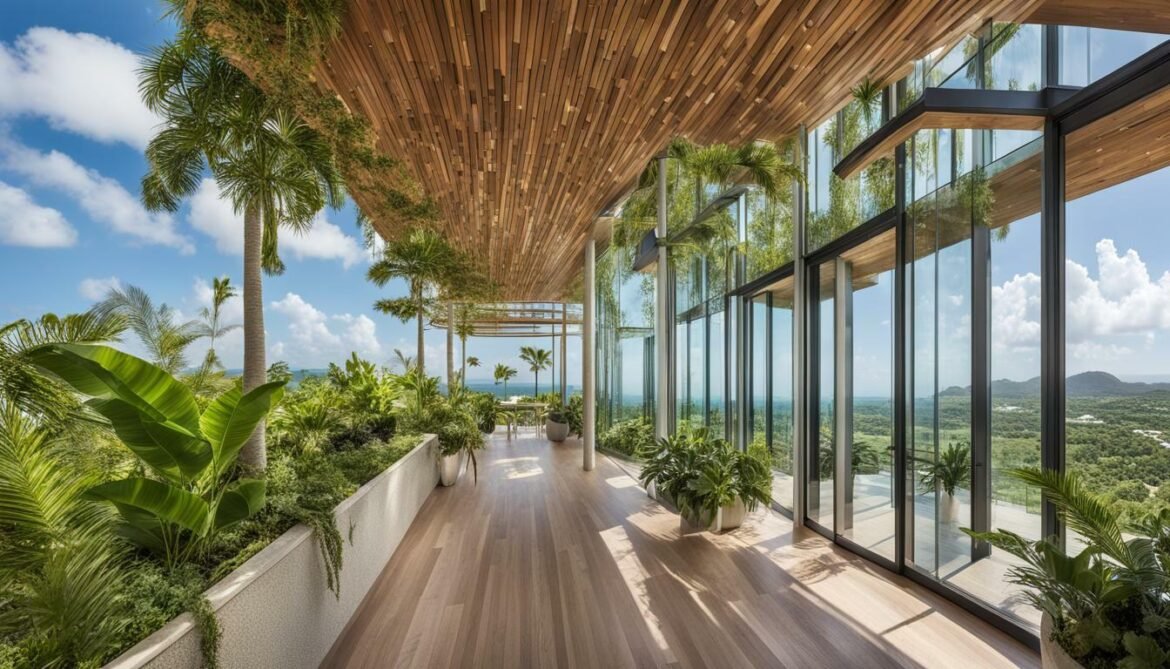
Conclusion
In conclusion, green building practices are essential for a greener and more environmentally conscious future in Antigua and Barbuda. The use of sustainable architecture, eco-friendly construction, and renewable energy sources can contribute to the creation of energy-efficient buildings, reducing reliance on fossil fuels and promoting sustainable development.
Green construction materials, such as recycled and locally sourced materials, can play a significant role in reducing the environmental impact of construction and promoting eco-friendliness.
The Potential of LEED Certified Buildings
LEED certified buildings are highly sought after as they signify a commitment to environmentally friendly building practices. These buildings meet strict standards for sustainability and energy efficiency, and their popularity is growing in Antigua and Barbuda.
By embracing green building practices and striving towards LEED certification, Antigua and Barbuda can contribute to a more sustainable future and a healthier living environment for its residents.
Let us all work together to promote green building practices and create a greener and more sustainable Antigua and Barbuda.
FAQ
Q: What is green building?
A: Green building refers to the use of sustainable architecture and eco-friendly construction techniques to create energy-efficient buildings. It focuses on reducing the carbon footprint and promoting a healthier living environment.
Q: Why is green building important in Antigua and Barbuda?
A: Green building is important in Antigua and Barbuda to promote sustainable development and reduce the impact of construction on the environment. It helps in creating energy-efficient buildings and reducing reliance on fossil fuels.
Q: How does renewable energy play a role in green building?
A: Renewable energy, such as solar and wind power, plays a crucial role in green building practices. It contributes to the creation of energy-efficient buildings and helps in reducing the reliance on non-renewable energy sources.
Q: What are green construction materials?
A: Green construction materials are eco-friendly materials that are used in the construction of sustainable buildings. These materials are often recycled or locally sourced, reducing the environmental impact of construction.
Q: What are the benefits of green building in Antigua and Barbuda?
A: Green building in Antigua and Barbuda has numerous benefits. It promotes sustainable development, reduces the carbon footprint, and creates energy-efficient buildings that contribute to a healthier living environment.
You may also enjoy Green Building in Armenia.



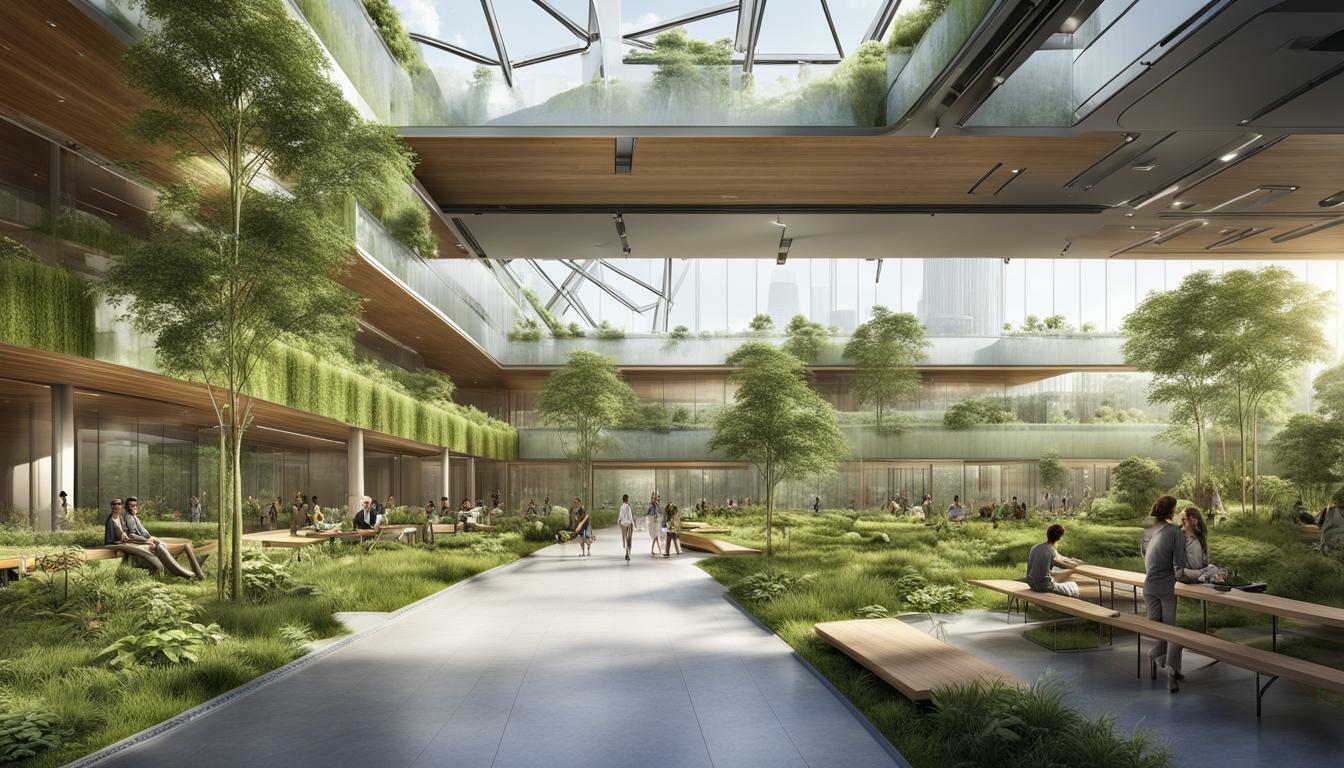
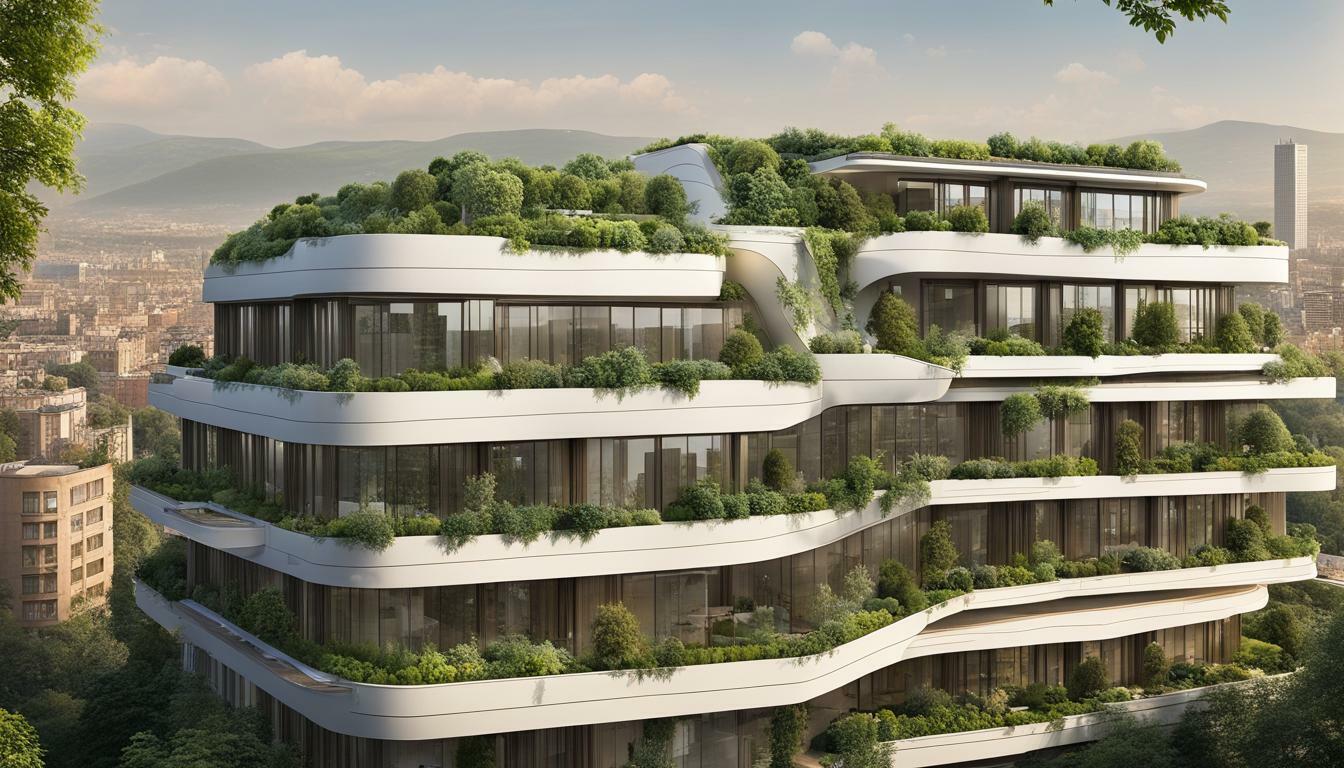
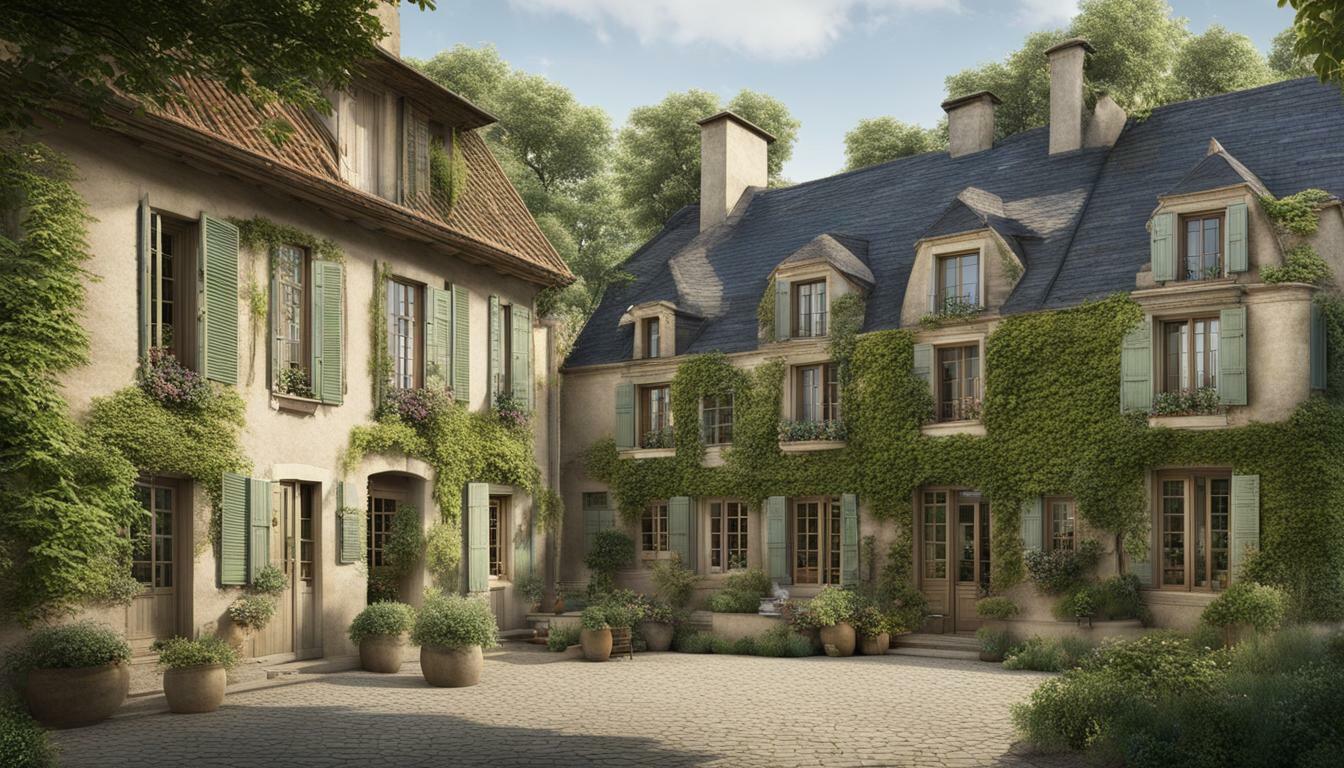
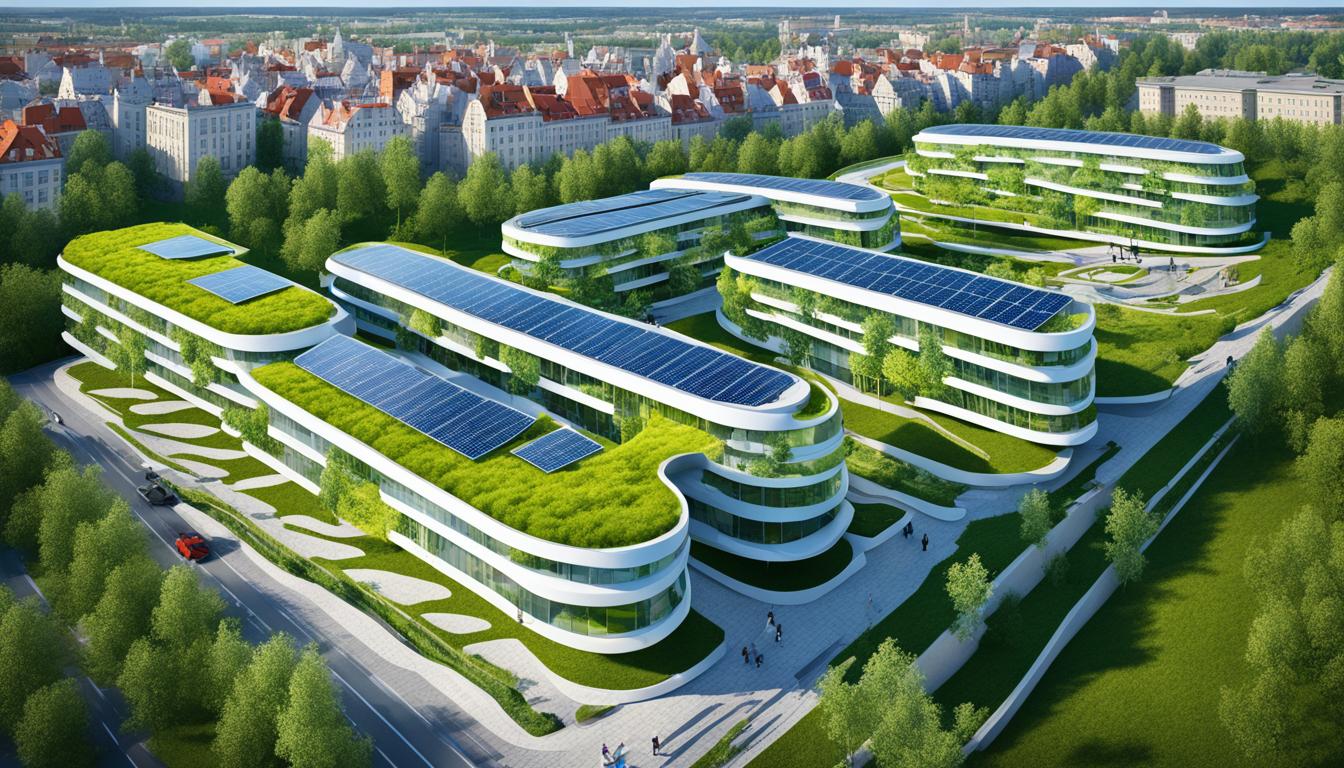
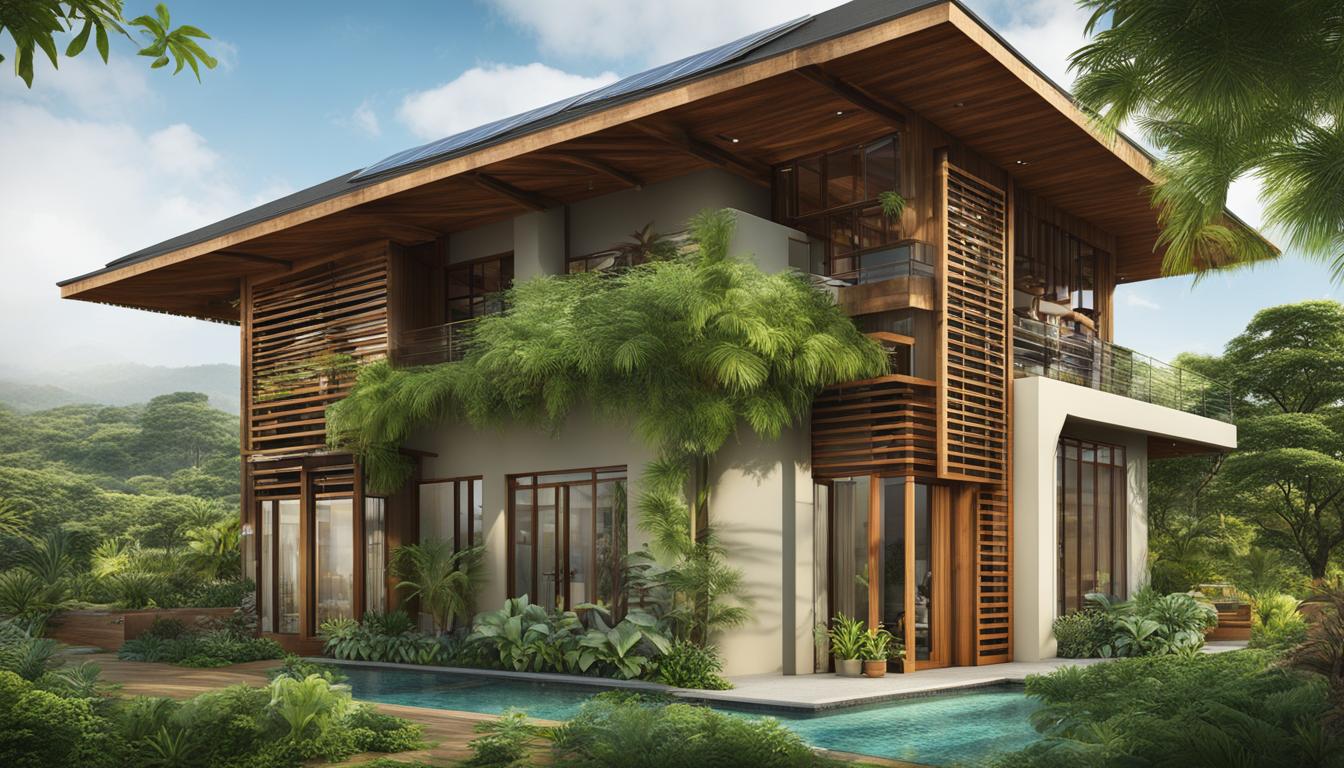
Exploring Green Building Practices in Angola | Eco-Friendly Innovations
1 year ago[…] Embracing Green Building in Antigua and Barbuda […]
Exploring Green Building Practices in Andorra
1 year ago[…] Embracing Green Building in Antigua and Barbuda […]
Exploring Green Building Practices in Andorra
1 year ago[…] and improve indoor air quality. It also ensures that new construction projects contribute to the sustainable development of the country. Investing in green building practices is an investment in the future, and Andorra […]